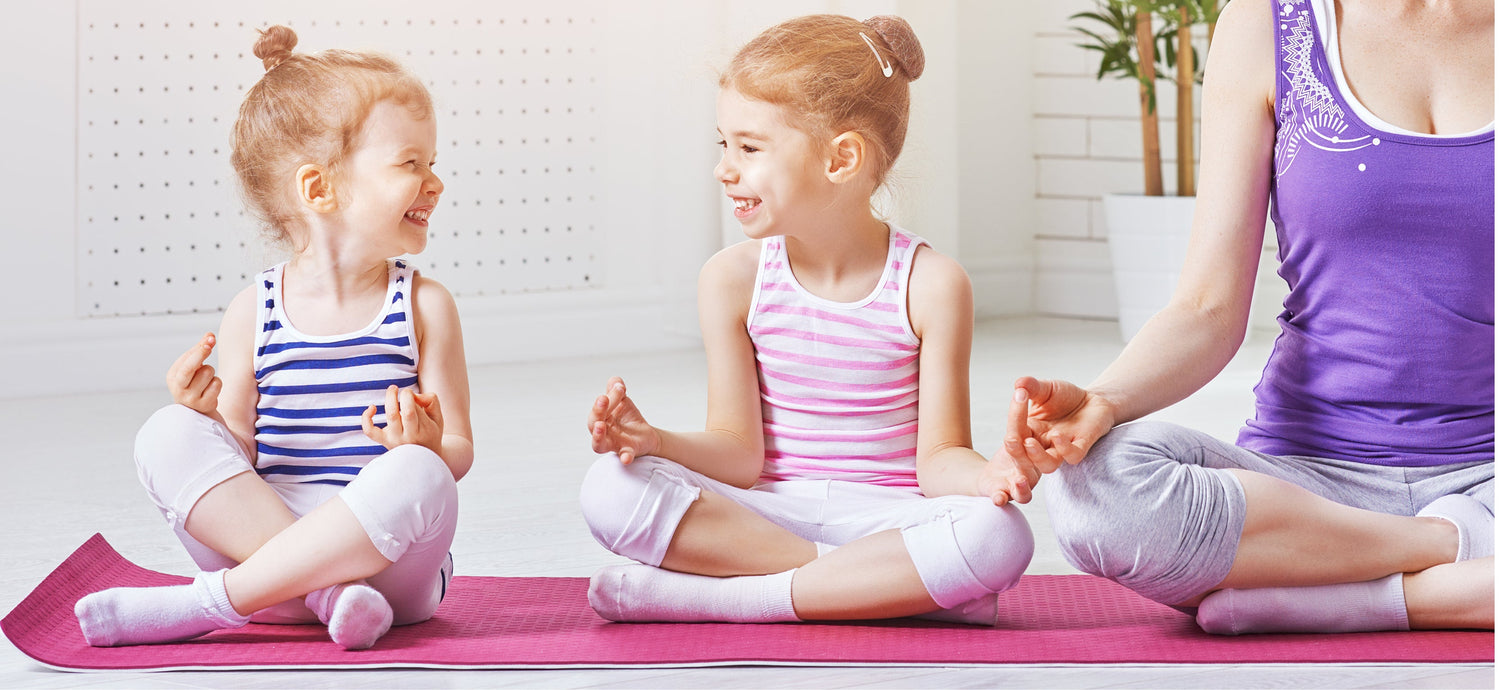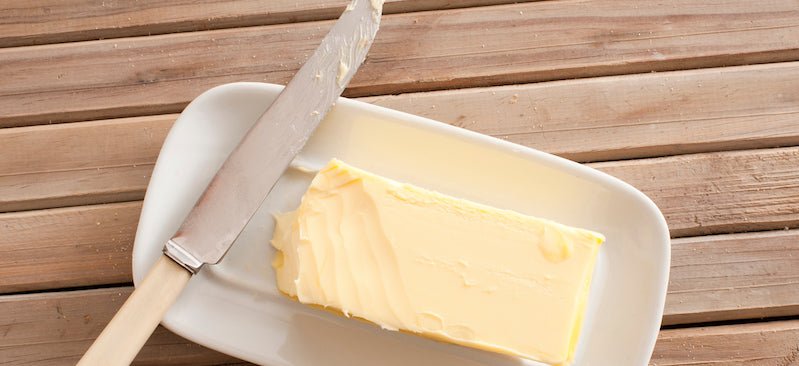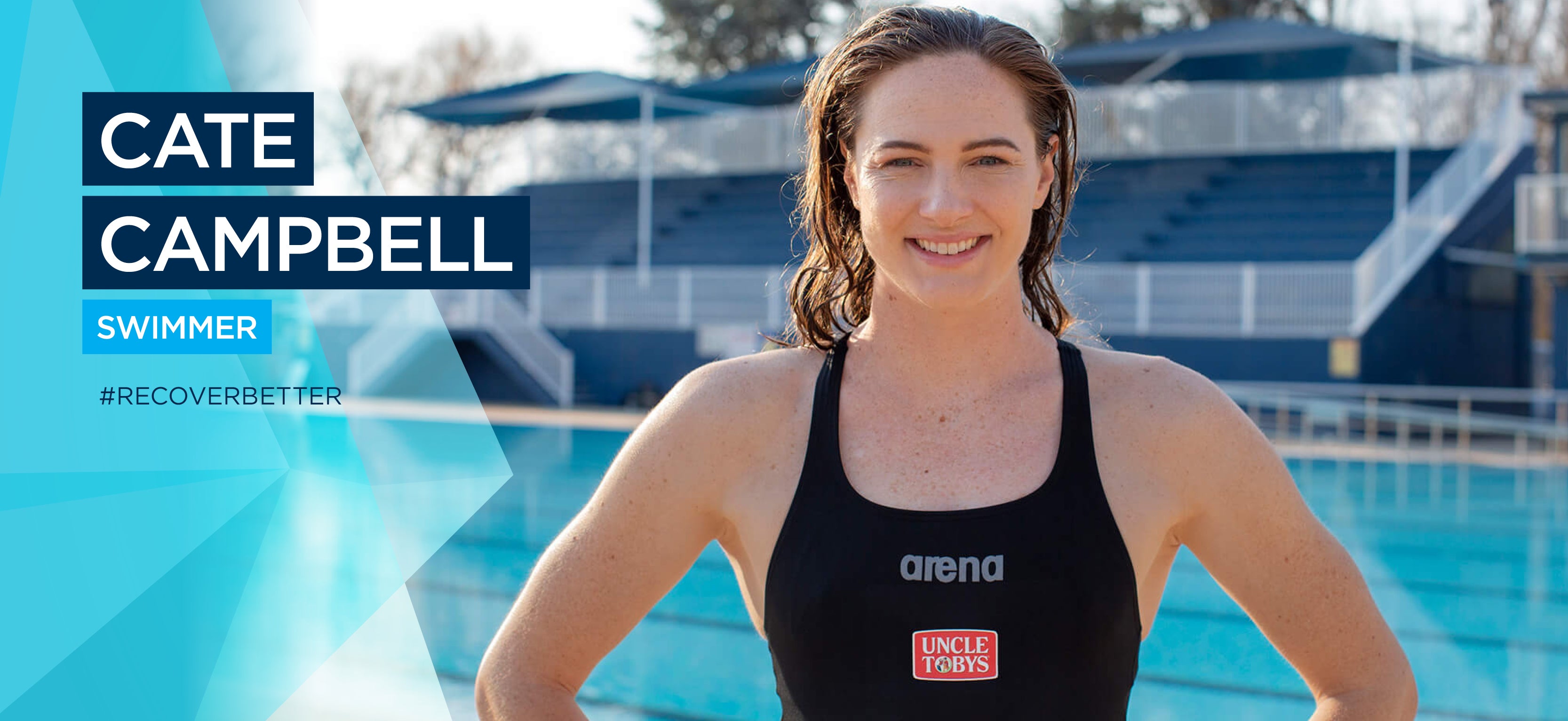Teaching Mindfulness to Children
Mindfulness is an ancient practice that is gaining more and more acceptance as part of mainstream medical treatments and overall wellbeing. Mindfulness helps us (and children too) regulate emotions, improve concentration, and be kinder to ourselves.
What is mindfulness?
Mindfulness is simply about paying attention, and bringing your awareness to the present moment. If you really think about it, we spend nearly all our time either reviewing and auditing the past (missing someone, ashamed of our behaviour, hurt by someone’s disdain, stressing about the things we didn’t get done yesterday) or daydreaming about the future (making mental lists of all the things we have to do today, rehearsing being assertive with the boss, counting down the days till our holiday).
Even though the present moment — NOW — is the only time that ever truly exists, the way most of us live our lives, we are never ever there. We get stuck on auto-pilot (you know when you drive to the supermarket and don’t remember the trip) and feel helpless as we merely react to events and our emotions. Spending so much time feeling lost and focused on problems, we begin to lose sight of the fun and meaningful things going on around us — right now. Mindfulness helps us reconnect to the present and see the beauty again.

Why teach children to be mindful?
Scientific research indicates that by the time we humans are 35 years old, we have spent so much time ‘mindlessly’ reacting to problems, events and emotions, we have become a mere set of habits and auto-responses (you know how you lose your temper every time someone puts the empty milk carton back in the fridge).
Mindfulness is then used as a tool to reclaim the essence of adult selves and become the driver of our bodies and emotions. But when you’ve been living mindlessly for 3+ decades, it takes time and effort to realign the self into happiness, personal truth and inner peace.
By teaching mindfulness to kids early in life, there is an opportunity for them to retain a stronger sense of self. As they develop a lifelong understanding of their emotional states, they’ll have the added ability to detach from negative events and situations. Overall they are geared for higher self-esteem and greater tolerance and empathy.
Easy ways to help children be more mindful
And it’s so easy to guide kids into mindfulness — you don’t need to be sitting them down and explaining the benefits of living in the present moment. It’s about subtly bringing their attention to what is going on around them (and in their bodies too). In the paragraphs below we’ve put together some simple suggestions, things you can do right away, that cost little or no money. Best of all, they’ll help you build a stronger relationship with your child.
1. Play observation games
Let’s use the game of ‘I Spy’ as an introductory example. Did you ever play this game when you were a kid — the dads always liked to trot this one out on long car trips? Paying attention to what can actually be seen, the first contestant begins by saying ‘I spy with my little eye, something beginning with ….. “C”’. Then everyone looks around and has to guess what the contestant can see.
Challengers can ask questions like … what colour is it? … is it big or small? … can you eat it? it it in the sky? until they finally guess the answer. ‘I Spy’, as well as the games we’ve listed below are excellent mindfulness tools because the children are fully engaged in present moment, focusing only on what they can actually see or experience with their senses right now.
- backyard safari: help children see the backyard as more than lawn and the clothes-line. Challenge your kids to find 15-20 different animals in the background (lizards, worms, ants, birds, dogs, cats, spiders, fish, insects).
- nature walk: engage your children with their senses. Have them focus on what they can see (different types of trees, birds, insects); or hearing different sounds (wind in leaves, running water, cicadas, birds shrieking, branches falling); or what they feel on their skin (wind, spiderwebs, leaf falling, wet shoes); what can they smell (soil, wildflowers, poo, dead animals); how their voices sound (over water, in a cave, under the trees).
- blowing bubbles: have children begin blowing bubbles then introduce new challenges. Blow only very small bubbles; blow the largest possible bubble; count how long the bubbles last; which bubble went the farthest, have them jump up and pop the bubbles.
- blindfolded task: You’ll need two kids for this game. Fill a jug with water then set it on a table along with an empty glass or plastic cup. Next blindfold one of the kids and spin them around 2-3 times. The other kid must direct their blindfolded partner to the jug of water and fill the glass/cup without spilling anything.
- Encourage imaginative activities
- The following activities encourage children think creatively and concentrate.
- the life of vegetables: have your kids help with the cooking and spend time smelling some of the vegetables and talking about their origins. Eg, a carrot seed planted, seedlings watered and fertilised, the orange root growing under the ground getting bigger and bigger, the insects and slugs who want to eat it, the person harvesting and pulling the carrot from the ground, the carrot transported in a container on the farm, the carrots washed and sorted into boxes, the vegetables trucked to market, carrots in a cold room, carrots on display at the supermarket, carrots in a shopping trolley, carrots in a shopping bag, carrots in the fridge, carrots being washed and peeled, carrots being cooked, carrots in my tummy.
- my ideal place: give your child space and materials to draw or paint their ideal place — it might be the beach, the forest, their bedroom, the mall, a theme park, a restaurant. Encourage them to use all the space on the paper and lots of colours and details — birds, technology, people, trees. When their picture is finished have them explain it to you in detail. Now ask them to close their eyes and imagine themselves right there in their idea place, the one they have drawn. Sit with your child helping them to focus on their breathing and guide them through their experience, … are you there yet? … what do you see? … is there anything behind you? … what animals are there? … how do you feel? … can you hear anything?
3. Practice simple meditations
• Introduce children to meditation early by teaching them how to focus on their breathing and be still. Here are a few simple examples …
• exploring breathing: have your child sit in a chair or lie down on the floor (with no distractions). After they close their eyes and are settled, get them to pay attention to breathing in and breathing out. Taking bigger and bigger breaths they can … count to 5-10 on each inhale/exhale … place their hands on their chest and feel their body move with each breath … see how long they can hold their breath … place their hand on their nose or mouth and feel the warm air coming out. There are so many variations but it’s all about having your child mindfully engaging in the experience of breathing.
• guided meditation: using a recording lie down next to your child and do a guided meditation together. Why not … visit the moon, swim with dolphins, climb a mountain, go skiing — there are loads of pre-recorded meditations on YouTube and Podcasting channels.
_166006713362f29d3d0e0d25708.jpg)
4. Disconnect from electronic technology
Finally, make sure children are given specific times each day to disconnect from electronics. This includes computers, smart phones, tablets, TV and DVD players, iPods and MP3 players, digital and smart watches, gaming devices, radio — anything really that uses electronics to create an external stimulus.
Don’t just make this a time to clean up their rooms or hang out the laundry, give them an opportunity for creative playtime — alone. They could be playing outside (climb trees, ride bikes, throw a basketball, build a cubby, plant flowers) or inside (connect lego blocks, sew or embroider, draw or paint, model play dough or clay, cook, create an indoor cubby).
BodyICE Kids are mindful and active
Here at BodyICE we are dedicated to positive parenting and love to see children develop into robust, mentally strong and active young people. To help you engage in a full and active life with your kids, we’ve got you covered if they take a tumble or hurt themselves. Check out the BodyICE Kids range of hot and cold gel packs for quick recovery from knocks and bruises. And remember, mindful kids are more aware of their surroundings and less likely to get injured.



_166006711162f29d2778dda6436.jpg)


Leave a comment
All comments are moderated before being published.
This site is protected by hCaptcha and the hCaptcha Privacy Policy and Terms of Service apply.